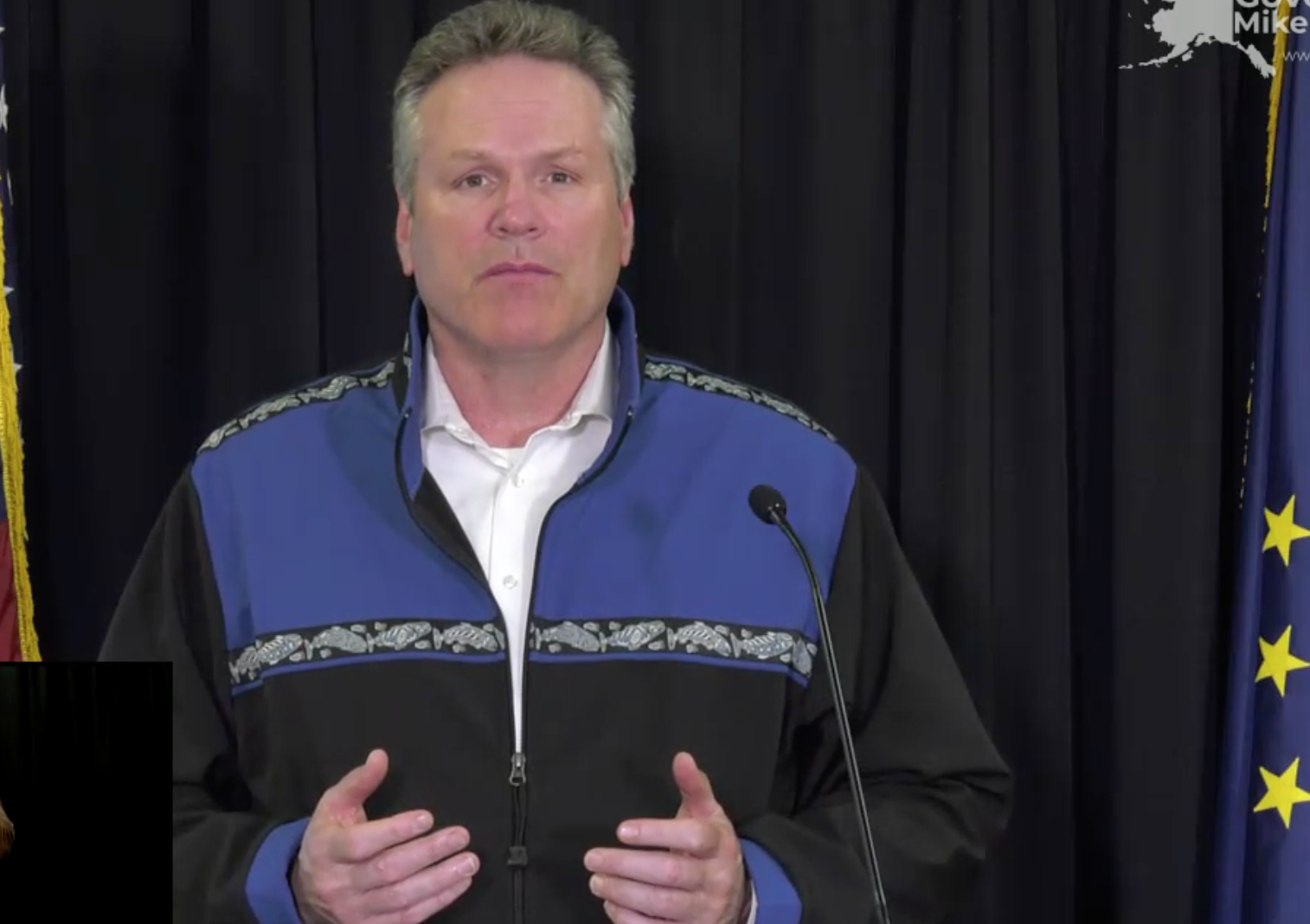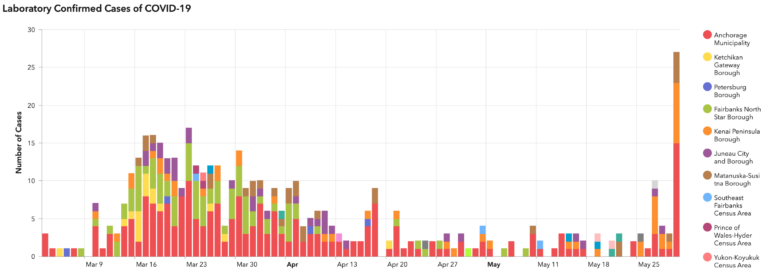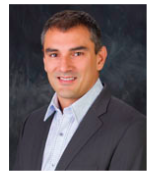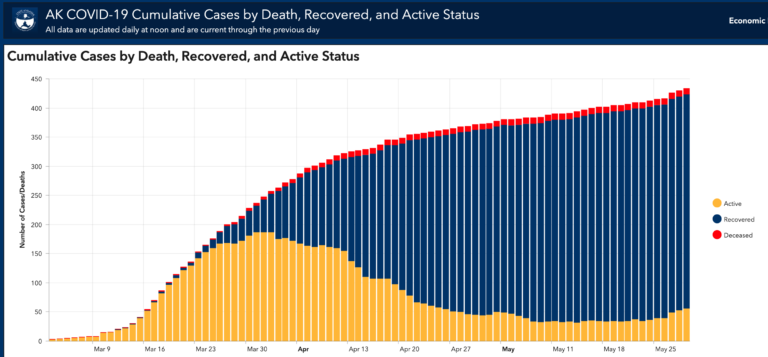By DAN FAGAN
When a candidate promises one thing and does another, what’s a voter to do?
I don’t remember anyone running for the Legislature promising to raid the Permanent Fund. Nor did anyone pledge to shrink the dividend check by two-thirds so they can please union bosses, the non-profit cabal, deep-state types, lobbyists, and corporations sucking on the government teat.
Candidates didn’t campaign that way because they know most Alaska voters want government restrained. A majority chose as governor the stumbling and bumbling and no-so-smooth Mike Dunleavy over the charismatic, slick-talking, and seasoned Mark Begich.
Dunleavy promised budget cuts and to stop raiding the Permanent Fund and shrinking the size of the dividend check. In other words, more for the people, less for the connected.
And Alaskans continue to send far more Republicans than Democrats to the Legislature. They assume conservative candidates will curb government spending.
In the Senate, Republicans outnumber Democrats by close to a 2-to-1 margin. In the House, voters elected a solid majority of Republicans.
It’s been 18 years since Alaska voters elected more Democrats than Republicans to the House. It’s been even longer than that when Democrats outnumbered Republicans in the Senate.
But it was business as usual this year in Juneau. The ecosystem in what is mostly an island for lobbyists hasn’t changed a bit. The State Capitol remains a petri dish where influence and favor for the connected grow and grow. It’s not a blue versus red or conservative versus liberal thing. It’s about who you know and, more importantly, how much you donate.
Dunleavy tried to cut the budget in his first year. It caused the heads to explode of media and government-centric types. And most legislators fought the governor on doing what he promised as a candidate. Now the poor guy is close to being run out of town for simply trying to keep his campaign promises.
How frustrating it must be for voters! Even if they kick to the curb the Republican candidates who turned out to be anything but conservative, how will they know the next batch of politicos won’t play the same bait and switch game?
Senate President Cathy Giessel is a perfect example. She could give Meryl Streep a run for her money after her YouTube campaign video performance.
In the video, Giessel, who tends to talk to people as though they’re in the third grade, is sitting at her kitchen table with her husband, Rich. She grabs money from Rich and then equates it to former Gov. Bill Walker’s raiding of the permanent fund.
https://www.facebook.com/172460799476095/videos/1131009506954548/
“That’s what Gov. Walker did. He grabbed your money. That money grab didn’t solve anything. A money grab is not a solution,” said Giessel.
But once elected, the queen of the Senate became the queen of hypocrisy. Giessel continued Walker’s “money grab” ways. But she went even further on her YouTube campaign video by promising to work with Dunleavy to restore the money Walker took.
“Sen. Dunleavy is proposing a solution that would give that money back to you. I support that solution and will be working with him in January to see that done. You see, you deserve to have that money back and Alaska deserves a real solution to the budget crisis,” said Giessel.
And yet again, Giessel governed the opposite of how she promised as a candidate. She’s become Dunleavy’s chief antagonist joining at the hip with life-long Democrat and now Speaker of the House Bryce Edgmon, who only recently turned independent.
If you watch the video closely, you’ll notice Giessel stumbles at the very moment she promises to work with Dunleavy. Poker players call that a tell.
Giessel really had no choice other than to deceive voters. If she had told the truth it would’ve sounded like this: “Hello. I’m Cathy Giessel, and this is my husband, Rich. I plan on taking two-thirds of your dividend check each year and using it to maintain government bloat. I will ferociously fight most cuts proposed by Mike Dunleavy and make sure the money Walker took stays in government coffers. I’d appreciate your vote.”
Giessel also forgot to tell voters once elected she’d go to war with the most conservative members of the Senate. She’s stripped Republicans Lora Reinbold, Mia Costello, Shelley Hughes, and Mike Shower of most of their power and staffers for having the audacity to vote their conscience instead of the way Giessel demanded. It’s best not to mess with the queen.
Giessel must have missed civics class the day they taught about how the legislative branch of government works. Reinbold, Costello, Hughes, and Shower were elected to serve their constituents, not her.
Leadership dictating how members vote is not new. I was covering the Legislature for Channel 2 almost 18-years ago. Republican John Harris was Speaker of the House. I was grilling him on live television about forcing some of his members to vote a certain way. After some prodding, he finally came clean and said, “It doesn’t happen all the time. Sometimes we’ll let them vote their conscience.”
Harris tended to be more open than Giessel about such things.
This is why people hate politics. It’s time for legislators to do what they promise and put their constituents ahead of big-donor special interests. It’s well past time they’re allowed to vote their conscience.
Dan Fagan hosts a talk show on Newsradio 650 KENI from 5:30 to 8 am.









